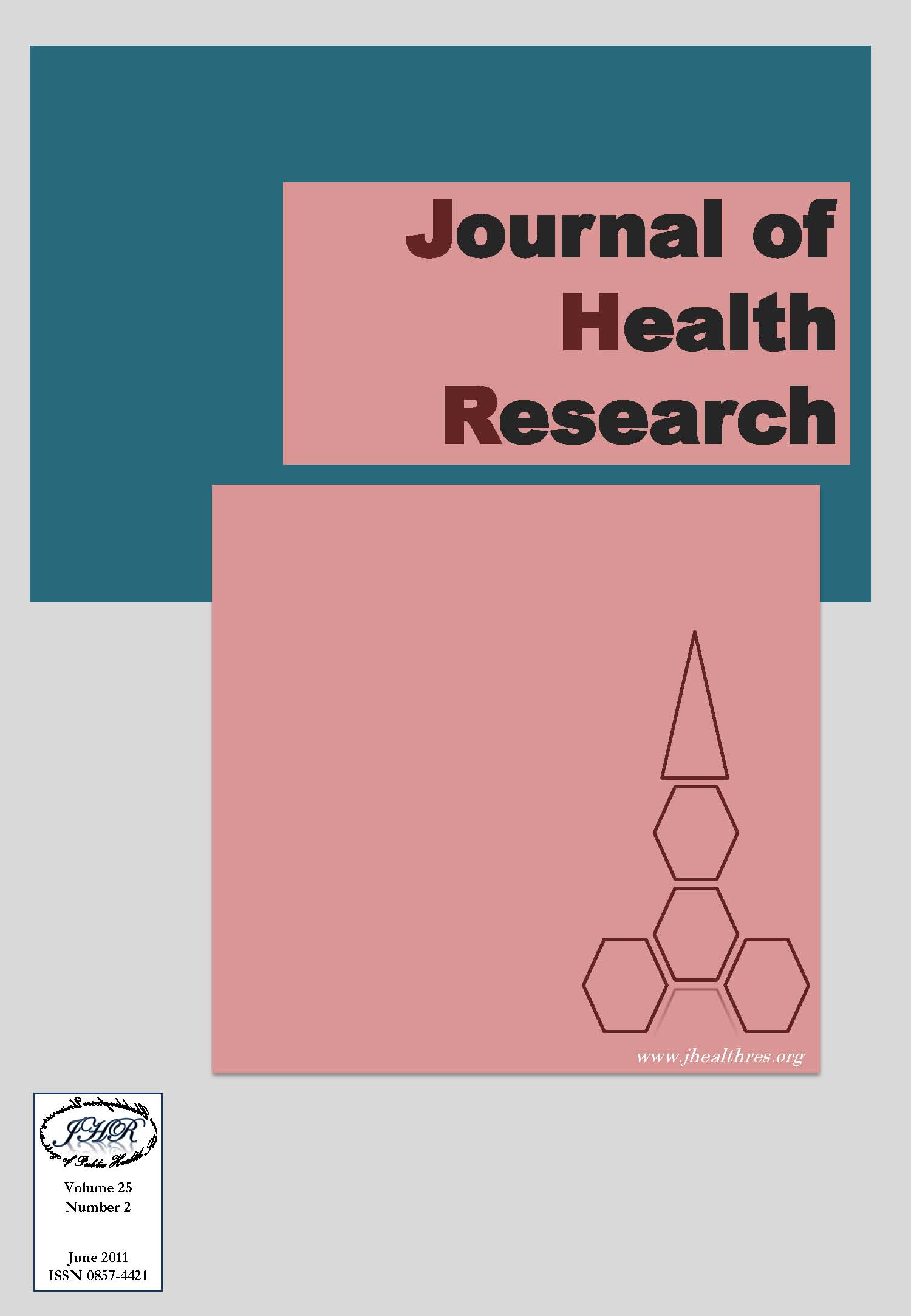Reproductive Toxicity Effects of Carbofuran Exposure on Pregnant Guppy Poecilia reticulate
Keywords:
carbofuran, Poecilia reticulata, reproductive toxicity, fertility, fecundity, survival rateAbstract
Carbofuran is one of the most toxic insecticides used in agriculture. Its toxic effects are not limited to animals but also on human. The main adverse health effects on human are neurological effects, irritation of skin and reproductive effects. However, the study of reproductive toxicity of carbofuran on human and wildlife is still limited. In the present study, guppy Poecilia reticulata, a live bearing fish, was selected as an aquatic animal model for an assessment of carbofuran effect during pregnancy on reproductive capability, viability of offspring and survival rate of offspring. One year old female guppies were exposed to 0.01 and 0.05 ppm of carbofuran until they produced their brood. Number of offspring from each pair was counted. The survival of offspring was monitored for 15 days after birth. The result shows that reproductive capability of female guppy exposed to 0.05 ppm carbofuran was significantly reduced to 9.0±0.3 individuals per female. Similarly, live birth indices significantly decreased to 92.46% and 77.58% in 0.01 ppm and 0.05 ppm treatment group, respectively compared with control groups. Moreover, survival of offspring at the 15th day after birth was significantly reduced to 90.68% and 68.18% in 0.01 ppm group and 0.05 ppm treatment group, respectively. Significant findings on morphological abnormality of the offspring revealed that 2% of the newborn in 0.05 ppm treatment had two heads in one body, indicating teratogenic effects of carbofuran firstly described in a non-mammalian species. The result from this study suggested that carbofuran can impair reproductive capability of female guppy and reduce live birth indices and the first generation (F1) survival. The cautionary adverse effects found in this study suggested the need for further investigation of carbofuran effects on some other parameters significant in evaluating any risk to humans and animals in the environment.







